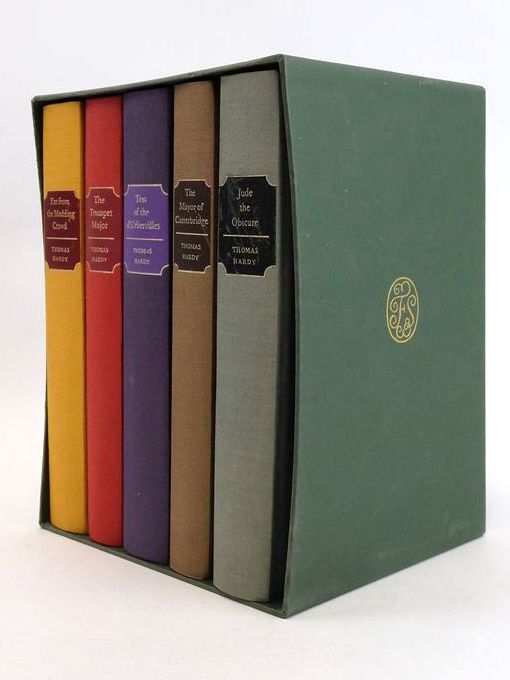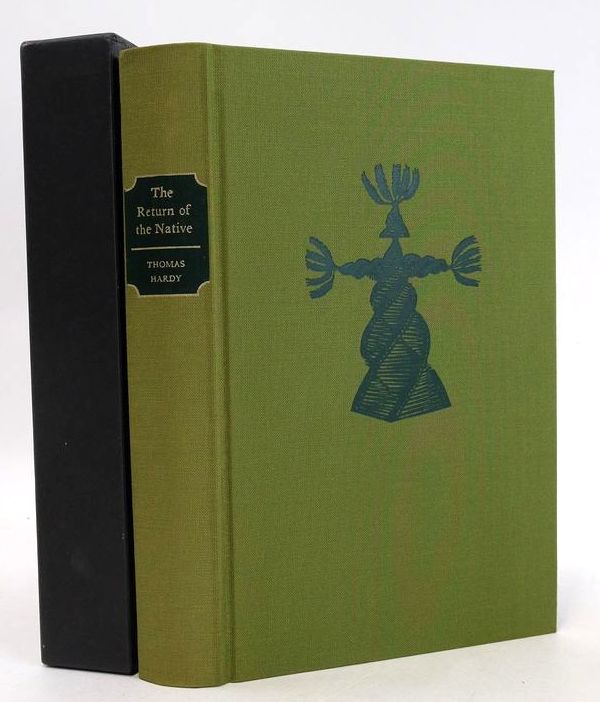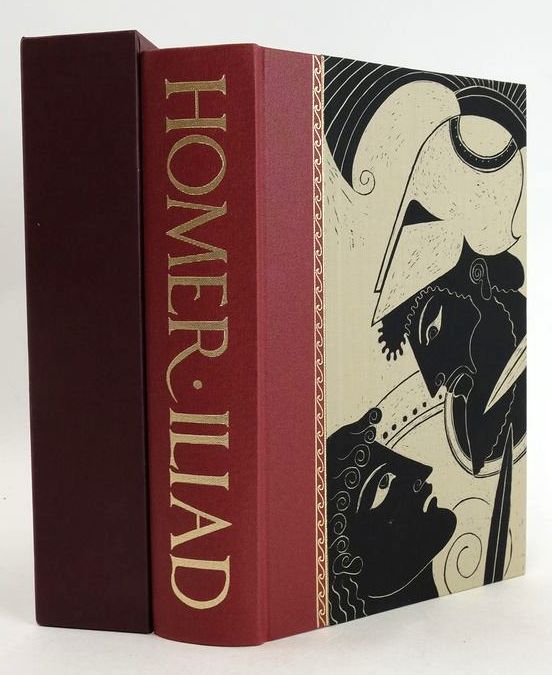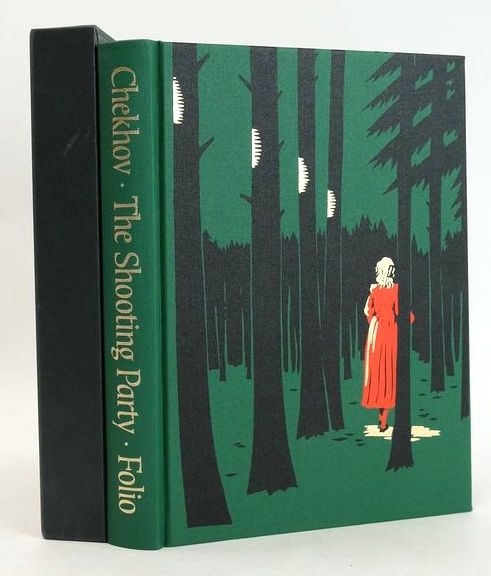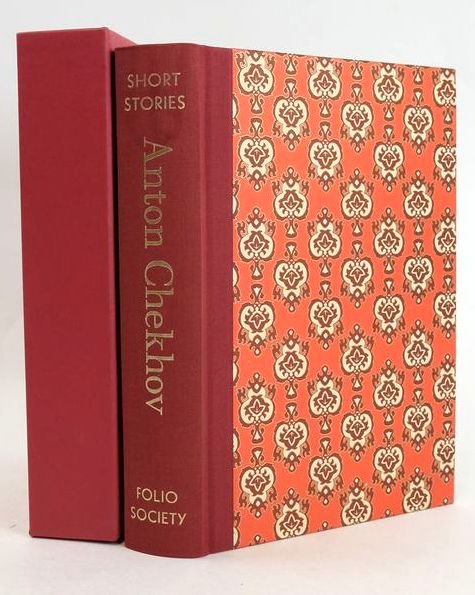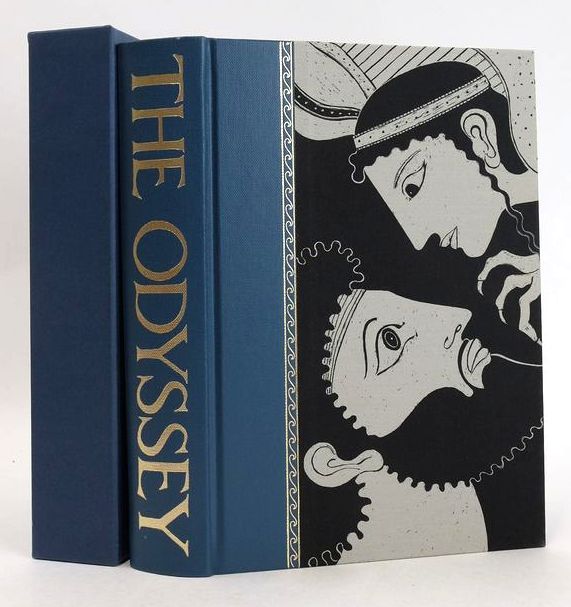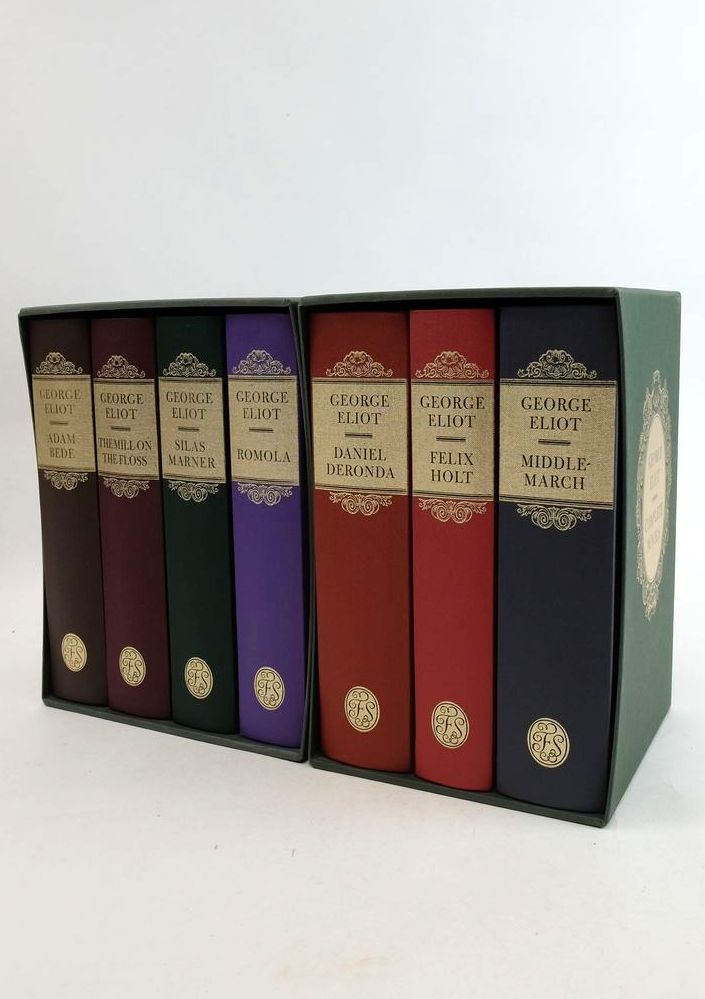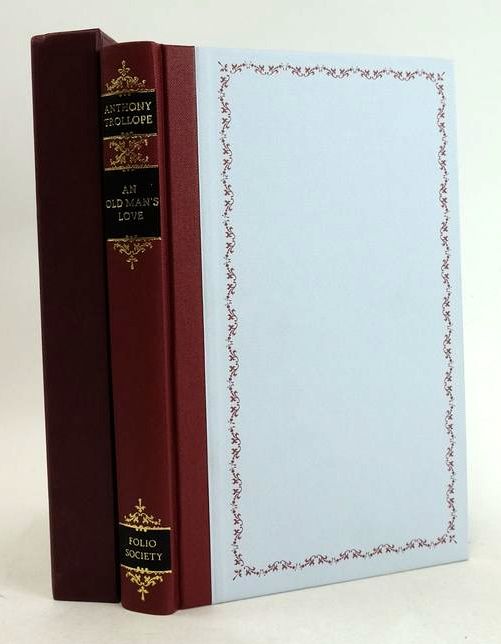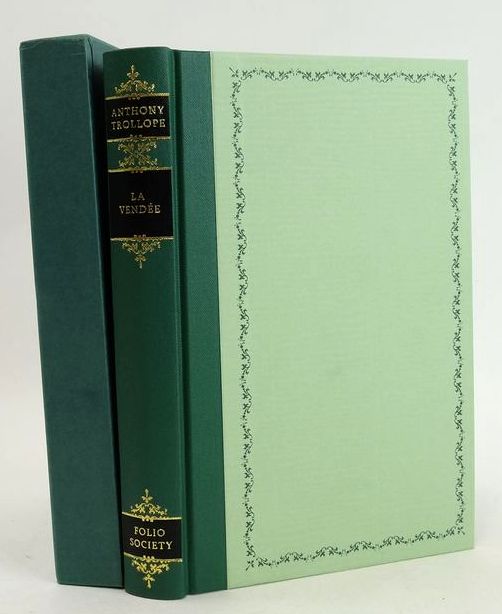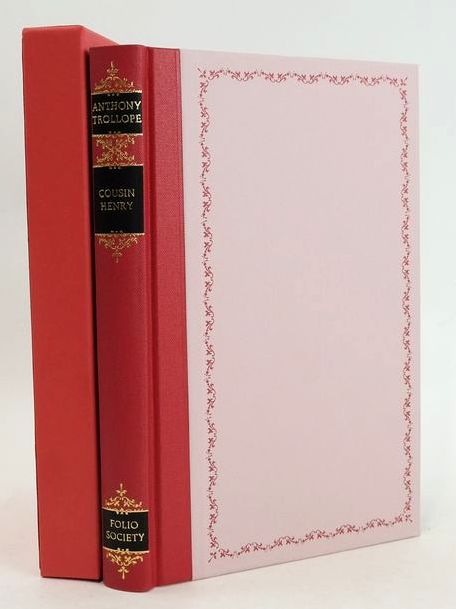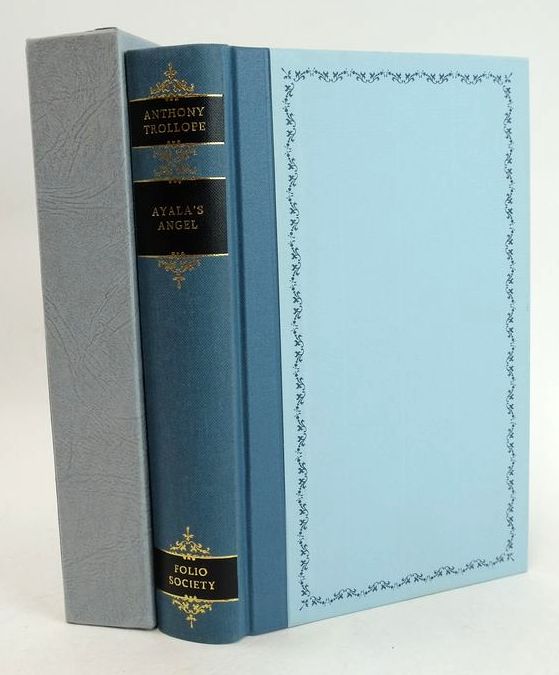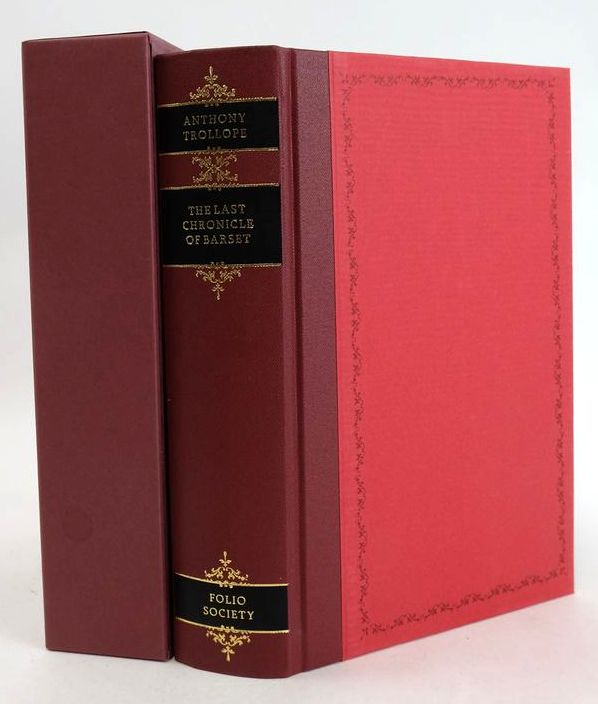Pen Names or Pseudonyms
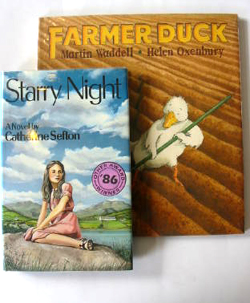 Whilst tidying the shelves recently I came across a book by Catherine Sefton. Nothing odd in that but as I was reading the text on the wrapper flaps I discovered that Catherine Sefton is the pen name of Martin Waddell! This set me thinking why do some authors use pseudonyms or pen names?
Whilst tidying the shelves recently I came across a book by Catherine Sefton. Nothing odd in that but as I was reading the text on the wrapper flaps I discovered that Catherine Sefton is the pen name of Martin Waddell! This set me thinking why do some authors use pseudonyms or pen names?
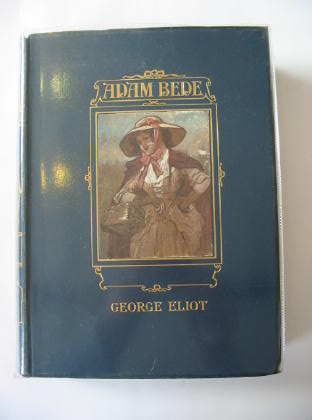
Several female novelists of the 19th century chose male pen names as they believed there was more chance of their books being published if they were thought to be male. For example, Mary Ann Evans became George Eliot (right) and the French writer George Sand real name was Aurore Dupin. The Bronte sisters also each had a 'male' name but kept their initials: Charlotte was Currer, Anne was Acton and Emily was Ellis. Interestingly their work was more successful under their own names than under their pseudonyms.
Even today some authors prefer to hide their gender by using initials, for example J.K. Rowling. It is common knowledge now that J.K. Rowling is Joanne Rowling (see below right) but when her first Harry Potter book was to be published Bloomsbury decided it would be better to use initials as they thought young boys would be reluctant to read books written by a woman. They thought two initials better than one so she added the K which stood for Kathleen, her paternal grandmother's name.
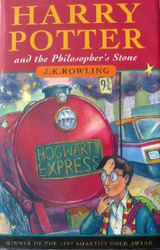
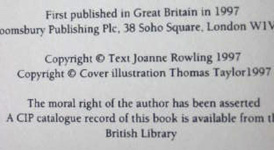
Many authors are known for writing specific types of stories. If they want to change genre it makes sense to use a different name. Lewis Carroll is well known for his Alice books but he also wrote about mathematics under his real name of Charles Dodgson. Martin Waddell writes books for 'amusement' using this, his real name. He uses his pen name of Catherine Sefton to write serious books, often for older children. One of the first adult (as opposed to children's) books I read was written by Jean Plaidy. These were historical fiction but based on fact - I learnt a lot of history this way! Later I read her historical romances written under the name Victoria Holt. She also wrote under Philippa Carr as well as her own name Eleanor Burford.
 Some of the explanations for using pseudonyms are interesting. Denys Watkins Pitchford used the pseudonym BB (left) because it is the size of lead shot used for goose shooting and he thought it more memorable than his real name. Elaine Kidner Dakers took the pseudonym Jane Lane to write her novels about the Stuart period. She was a distant descendent of Jane Lane who helped Charles II following his defeat at Worcester. Samuel Clemens also wrote under the name Mark Twain. The name came from an expression used by the boatmen on the Mississippi. "Mark Twain" meant that the water was two fathoms or twelve feet deep - enough for a safe passage.
Some of the explanations for using pseudonyms are interesting. Denys Watkins Pitchford used the pseudonym BB (left) because it is the size of lead shot used for goose shooting and he thought it more memorable than his real name. Elaine Kidner Dakers took the pseudonym Jane Lane to write her novels about the Stuart period. She was a distant descendent of Jane Lane who helped Charles II following his defeat at Worcester. Samuel Clemens also wrote under the name Mark Twain. The name came from an expression used by the boatmen on the Mississippi. "Mark Twain" meant that the water was two fathoms or twelve feet deep - enough for a safe passage.
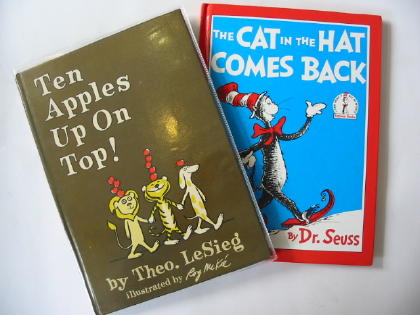
James Herriot - the pen name of James Alfred Wright who took his pseudonym from a footballer he admired. As a practicing vet his books couldn't be published under his own name.
One pseudonym was carried on over two generations. William Dunkerly used the pseudonym John Oxenham. His daughter, Elsie Jeanette Dunkerly also adopted the name Oxenham when she began to write her books.
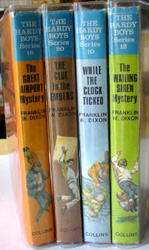 Some series of books have been written by two or more authors under one name. For example the Nancy Drew mysteries are attributed to Carolyn Keene but have been written by many different authors. Similarly the Hardy Boys mysteries (right) appear under the author Franklin W Dixon. Herbert Strang (above left) was actually two men - George Herbert Ely and Charles James L'Estrange. They were on the staff of Oxford University Press and wrote adventure stories for boys. It is possible that the Mrs Herbert Strang who wrote Adventure Stories for Girls was the same person!
Some series of books have been written by two or more authors under one name. For example the Nancy Drew mysteries are attributed to Carolyn Keene but have been written by many different authors. Similarly the Hardy Boys mysteries (right) appear under the author Franklin W Dixon. Herbert Strang (above left) was actually two men - George Herbert Ely and Charles James L'Estrange. They were on the staff of Oxford University Press and wrote adventure stories for boys. It is possible that the Mrs Herbert Strang who wrote Adventure Stories for Girls was the same person!
I have found it fascinating trying to discover what lies behind some of the pseudonyms used by various authors. As for me if I needed a pseudonym I would become Catherine (the English version of my first name) Jones - because it is easy to spell!
Contributed by Catriona Charlesworth.
(Published on 28th Oct 2014 )


